The history of Spain spans the period from
prehistoric Iberia, through the rise and fall of a
global empire, to the recent history of
Spain as a member of the
European Union.
PAELLA
1/3 cup of Olive Oil
1 Small Onion, minced
2-3 cloves of garlic, crushed
3-5 tbsps minced fresh parsley
1 generous pinch of saffron
2 tbsps of chicken bullion
3 skinless Chicken Breasts, cut in large chunks
2 green peppers, sliced
1 red pepper, sliced
1 tsp of yellow food coloring (optional -- saffron is very expensive, a pinch
of it is all you need for taste but a richer color is desired)
8 oz tomatoe sauce
1 tsp sugar
4 cups of rice
7 cups of water
salt
1/2 lb - 1 lb shrimp, leave shell on
1 lb scallops
Saute onion, parsley, and garlic in olive oil until the onion begins to become transparent. Add saffron, chicken bullion, chicken, peppers and saute until chicken has become white. Add tomatoe sauce, sugar, food coloring. Stir. Add rice & water and bring to boil. Salt to taste. Boil 5 minutes, stirring occasionally. Add shrimp & scallops, boil an additional 5 minutes, stirring occasionally. Simmer 10 minutes covered, stirring occasionally. If the rice appears to be getting too dry during the last 10 minutes, add more water. If the rice is too wet at the end of the 10 minutes, uncover and evaporate unwanted liquid.
Spanish Flan
"Flan" is the Spanish name for vanilla egg custard, topped with caramel sauce. It is a Spanish classic and one of the most popular desserts, served everywhere in Spain. Flan makes a great finish to any meal because even though it is sweet, it is a light dessert. Because it is made in ramekins or a baking dish and not removed until it's time to eat, it "travels" well in an ice chest. Just cover tightly with plastic wrap while en route and un-mold when ready to serve!
Ingredients:
1/2 cup sugar
2 cups whipping cream
1 tsp vanilla extract
3 eggs
1/4 cup sugar
1/2 cup blanched almonds for garnish (optional)
sprig of mint for garnish (optional)
The Spanish flag is a red and yellow horizontal triband (the yellow stripe is in the middle, and is twice as tall as each red band). A simplified version of Spain's coat of arms is pictured on the yellow band, towards the hoist side. The height of this flag is two-thirds the width. Spain's flag was officially adopted on December 19, 1981.
American Cocker Spaniel
While its initial origins are unknown, "spaynels" are mentioned in 14th century writings.
[1] It is commonly assumed that they originated in
Spain and
Edward of Norwich, 2nd Duke of York in his 15th century work
The Master of Game introduces them as "Another kind of hound there is that be called hounds for the hawk and spaniels, for their kind cometh from Spain, notwithstanding that there are many in other countries."
English Cocker Spaniel
Cocker Spaniel refers to two different breeds of dogs of the
Spaniel dog type: the
American Cocker Spaniel and the
English Cocker Spaniel, both of which are commonly called simply
Cocker Spaniels in their countries of origin.
Spanish Mastiff
The Spanish Mastiff can be very protective of people and property. They are also not affectionate or overly loving even with their families. The breed will attack unwelcome guests and will not like other guests until the dog realizes the new people are not a threat. The females of the breed are usually more intelligent, but the males are more affectionate. Even though they do not act like it, they do not want to be away from their owner and will constantly follow their owners around. Despite this apparent devotion, Spanish Mastiffs will sometimes not listen to their owners and will attack visitors. They will give strong warnings before attacking unlike some guard dogs. Additionally, they always act lazy and are not playful but are always alert. Without extensive training and socialization from a very early age, Spanish Mastiffs will be aggressive and will not trust most dogs or people. Because they are a very dominant breed, they need a good leader. Generally, they will do well around people and animals they have always been around but are definitely not trustworthy around new people or animals.

Pachon Navarro
The Pachon Navarro is a Spanish hunting dog (also known as: Old Spanish Pointer; Perdiguero Navarro; Navarro Pointer; and, Pachon De Victoria), has the unusual feature of a split or double nose. It is believed that this unusual nose gives this dog extra sensitivity to smells, a primary reason it was chosen as a hunting dog.
Spanish Water Dog
Seeing the photos you think that SWDs look like cuddly teddy bears! And indeed, that is what many people meeting them can be fooled into thinking! However, they are full of drive and energy, not at all the 'couch-potato' dog for an owner who doesn't have the time to train or work them, and not really suited to town living. They must be socialised very early, in common with many other gundogs, both with people and other dogs to ensure they become balanced adults.
They are also very quick to learn, both good and bad habits, and will take full advantage of any weakness the owner shows, with the result that they can easily learn to rule the roost! Harsh training methods do not suit them, they respond very well to positive training, personally I use clicker training with toys and food as rewards for both
obedience and
agility training.) They can be very protective, especially of their favourite member of the family, so this guarding trait must also be appreciated...they also like nothing better than a cuddle!
Spanish Greyhound
The Galgo Español (
Spanish Galgo) or Spanish greyhound is an ancient
breed of
dog, specifically a member of the
sighthound family. Despite being called a "greyhound", the Spanish Galgo is not closely related to the (English) Greyhound, the lineages of the two breeds being different. However, for a short period in the 20th century, some breeders did cross-breed Galgos and Greyhounds in order to produce faster Galgos, specifically for track racing purposes.
The Galgo was named for the Gauls, a tribe of Celts, who inhabited the Iberian Peninsula 400–600 BC. The Galgo breed was probably a result of the dogs brought by the Celts on their migration through the peninsula mixed with dogs brought by traders who did business with the Celts. In the intervening centuries, it is likely that other sighthound breeds were interbred to produce the Galgo that we know today. Galgos are great endurance runners and are routinely used in Spain to hunt rabbits and hares.
Lastly and sadly and with great grief I must report that: following the end of the hunting season most of these animals are abandoned or killed, often being hung from trees. It is common practice for the galgos that hunted successfully to be hung from higher branches so that they die relatively quickly. Dogs that performed badly are hung from the lower branches so that their feet just touch the ground resulting in a long drawn out death.
[2].





















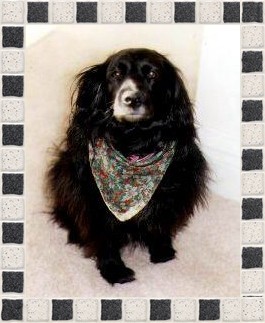



.jpg)



















.JPG)




































.JPG)

































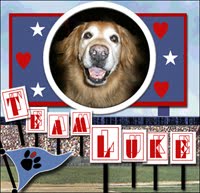.jpg)


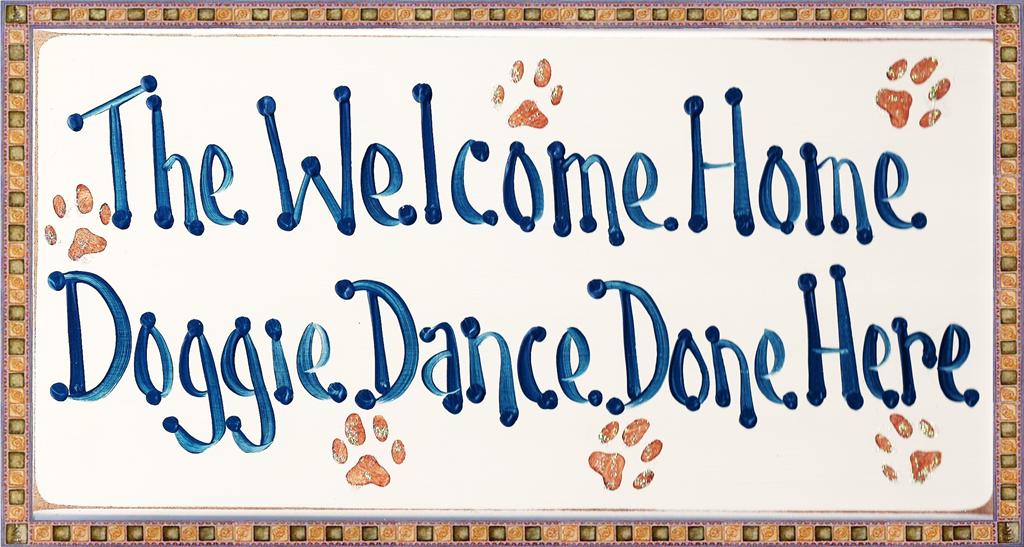


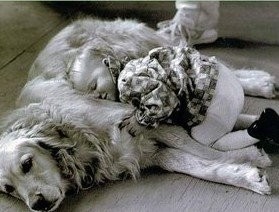

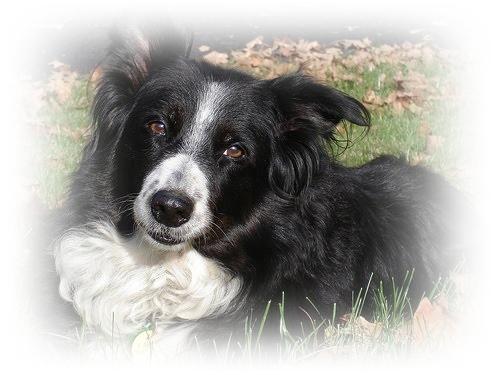




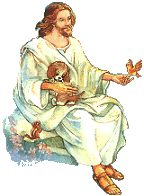
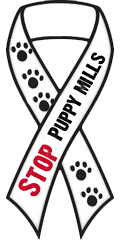












19 comments:
Thanks for all the work going into these posts of each country. My favorite part is always the country's dogs but right now I have a taste for some flan. YUMMMMM
Nice post. Oh we sure do love paella
Benny & Lily
I was already hungry and then you had to go and taunt me with food again!
I wondered if you'd mention the galgos. They are beautiful dogs!
Interesting point. In the Portuguese Water Dog, the female is the smarter and more driven. The male is more affectionate and more lazy.
Not a good ending for these lovely animals.
Now we just had dinner but we are all craving paella now. Nice post - we love the Portuguese Water Dogs.
Woos - Phantom, Thunder, and Ciara
What a great post! We would love to visit Spain one day.:)
Love,
Teddy Bear
What an interesting post! My family lived in Spain for four years and loved it there. Unfortunately I wasn't around during that time, but the Portuguese culture is similar to the Spanish so I can kind of relate to what you've written.
In Portugal and the Azores hunting dogs are treated the same way as they are in Spain. We have Portuguese Podengos that are used to hunt rabbits and once they get too old or don't prove themselves as useful hunters, they're hung from trees or abandoned in the mountains to die from starvation. Tagpi's family raised an abandoned Portuguese Podengo medio for a short time and her name was Tala. Thankfully they found a wonderful home for her before they moved to Japan. Unfortunately many Podengos aren't as fortunate.
Great post! That food looks yummy!
wad a great post! thanks for sharing. weve learnt alot!!
Nice post. We love to watch the Tour de Espana cycling. Neat way to get a glimpse of the beautiful country. Interesting on the pooches....is the last part true? How crazy awful if so :(
Hugs and snaggle-tooth kisses,
Sierra Rose
Thanks for all you do. Interesting post. But now you got me wanting flan at this time of night. :(
We were smiling up to the end, then we felt really sad. What a terrible practice.
Maxmom,
Another great post, even with the very sad ending paragraph.
Woofs and Licks,
Maggie Mae
What pawesome information!!!
We especially like the Paella recipe...and the Flan looks NOMMY!
Smileys & Snuggles!
Dory, Jacob and Bilbo
Great post! Now I'm hungry.
Very nice article about Spain!
The last paragraph was shocking, I hope you ment to write it in past tense?!
Thanks for sharing the post. It's really interesting and I've learned a lot from it. Oh paella, what a lovely dish!!! I'm hungry now...
That is a wonderful post. The last part about hanging the dogs is very sad. Lots of love, Debbie and Holly
Flan is one of Grammy's favorite desserts, but she doesn't know how to make it, and you didn't give the rest of the recipe... only the ingredients. I guess she should google it? We loved learning a lot of the other things you posted about, too, but then that last just totally disgusted us and Grammy! I think we should quit before we get started on THAT!!! :( The Country Corgi Crew
Post a Comment